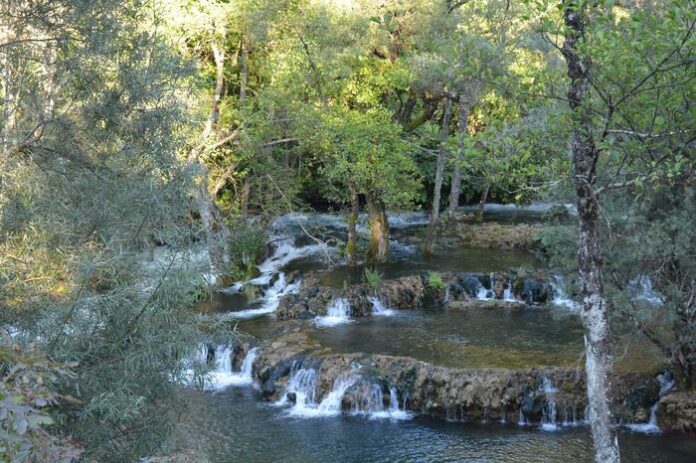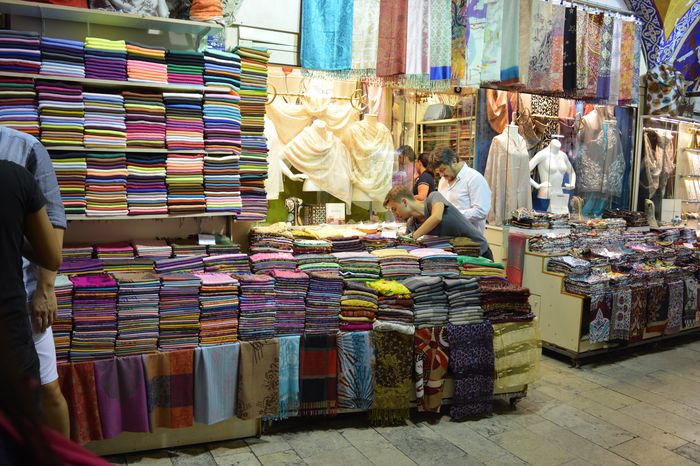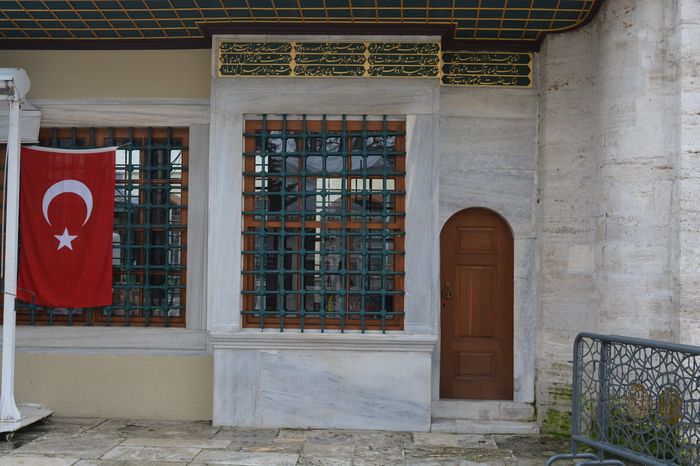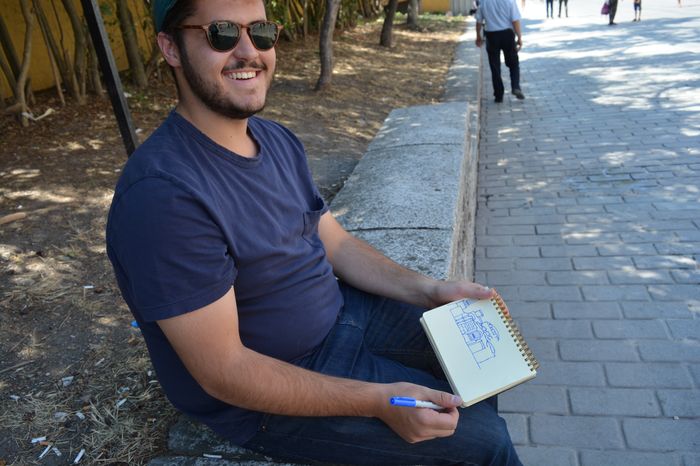While the Sultan prayed inside the mosque, strips of matting were rolled out onto the pavement outside. The pilgrims, who had gathered to see him, came forward and knelt on the mats, all facing toward Mecca. A priest led them in prayer. Their devotions lasted for about half an hour.
When the Sultan finished praying, he came out of the mosque and got into his phaeton (a light, open carriage). He took the reins himself and drove back to the palace. His aides-de-camp and secretaries followed him on foot, running quickly to keep up. This event happens every Friday, but due to heavy security and many precautions, the full military display is not always clearly visible to the public The Heavy Responsibility of Protection.
Where the Sultans Are Buried
There is no single royal cemetery for Ottoman sultans. Each Sultan usually builds his own tomb during his lifetime, designed according to his personal taste and wealth. These tombs, called turbets, are found all over Istanbul.
Inside the turbets are the graves of Sultans and often their favorite wives. The graves are simple structures made of stuccoed brick. They are about four or five feet high and seven to eight feet long. Each is covered with black velvet or broadcloth, richly embroidered in silver or gold thread.
In addition, valuable cashmere shawls—often gifts from other kings and governors—are placed on top of the tombs. These shawls are made of the finest materials and are considered priceless.
Sacred Burial at Eyub Mosque
Important figures in Ottoman history, including Sultans, are sometimes buried in mosques. One of the most sacred places is the Eyub Mosque, named after Eyub Ansari. He was the Prophet Mohammed’s close friend and standard-bearer. Eyub was killed during the Arab siege of Constantinople in 668 A.D.
His burial site was forgotten for centuries until a holy man had a dream during the siege of Constantinople by Sultan Mehmed II. Guided by this dream, the tomb was found, and its discovery inspired the Turkish army to fight fiercely and eventually capture the city Ephesus Daily Tours.
The Mosque and Its Role in Royal Ceremonies
After the victory, Sultan Mehmed II built the Eyub Mosque on that sacred site. It is made of white marble and features a large central dome, smaller domes, and two elegant minarets. The mosque stands along the Golden Horn, about five miles from Istanbul’s center.
A very important ceremony happens here when a new Sultan comes to power. In a ritual similar to a Christian coronation, the new Sultan performs prayers and is then girded with the Sword of Osman—a symbol of the Ottoman dynasty. This honor is carried out by the head of the dervish order.
The Sacred Tomb of Eyub
The Sword of Osman is kept on Eyub’s tomb, which is made of silver-gilt and decorated with great detail. The tomb is surrounded by a golden fence and covered in gold cloth. Above it hang many fine and expensive lamps.
Priests and monks guard the tomb in shifts. No Christian has ever been allowed to enter the Eyub Mosque’s inner courtyard or live nearby, showing just how sacred this site remains to Muslims in Turkey.







